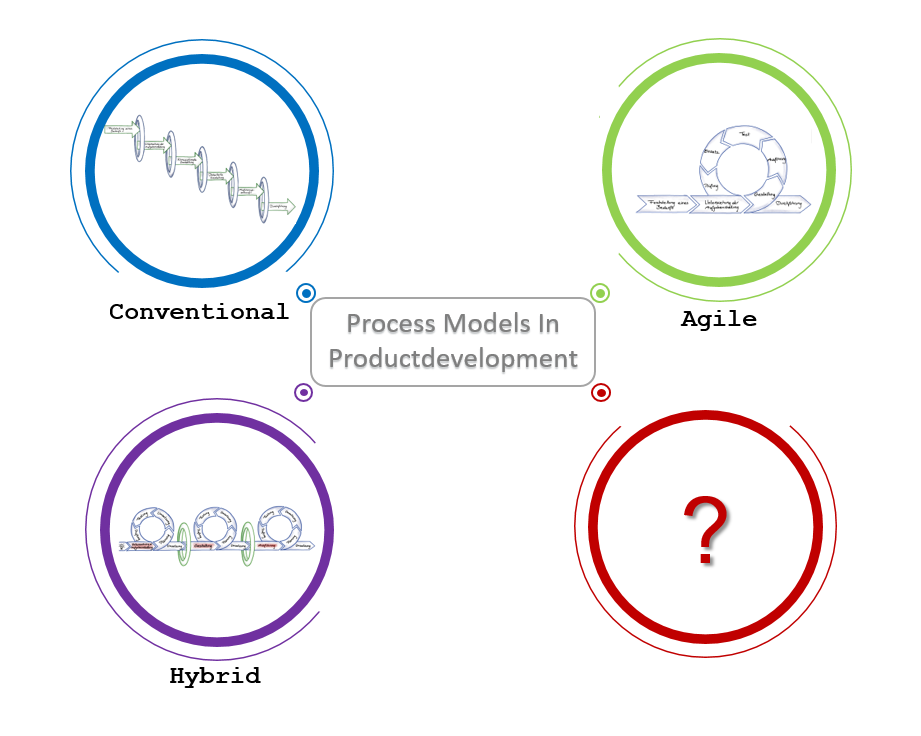Agile Project Management in Hardware Development: Challenges, Solutions, and Integration Strategies
What potential exists to ensure the successful design of product development processes in companies and how can this potential be further exploited?
Researcher Lisa Siewert
A fundamental goal of companies is the continuous development of new products and the further development of existing products in order to be competitive, to ensure their presence on the market and to generate profit.
The process of (further) developing products is determined by a variety of influencing factors. These include the fact that products have evolved in the past from purely mechanical objects to complex systems equipped with electronics, sensors and software. While refrigerators were still based on a steam compression system at the beginning of the 19th century, today they are equipped with WiFi and cameras that complete a shopping list when food reaches its expiration date.
The development of complex systems requires collaboration between different disciplines with different expertise, which must be coordinated and organized in order to work together effectively. In addition, product development is influenced by many other factors, such as the growing need to develop sustainable products.
There are already a large number of process models that aim to structure development processes, make them more efficient and support project managers in their execution. However, it is a great challenge to select a process model that meets the needs of a project and at the same time fits well into the company organization.
In order to meet this challenge, it is first necessary to find out what potential existing and established approaches offer and how they can be used effectively.

